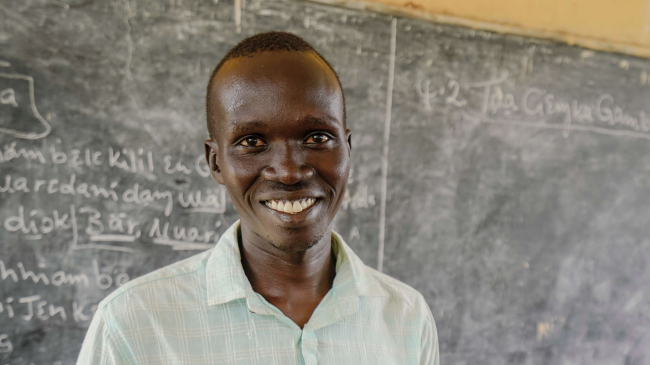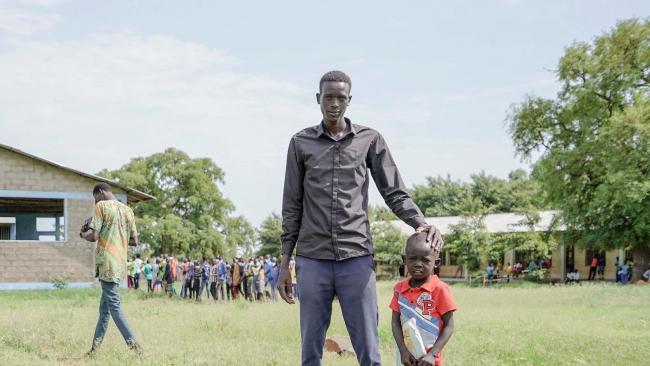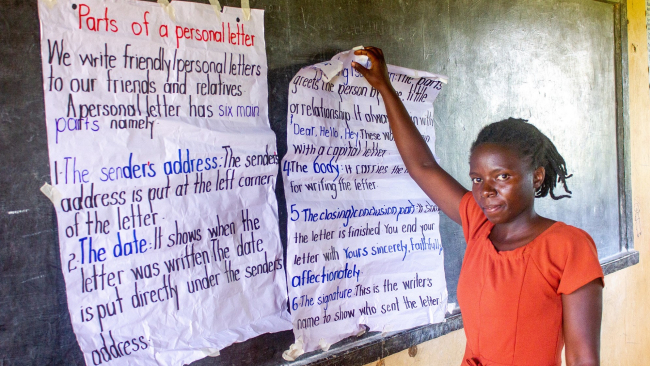This study examines the common - yet largely under-examined - practice of state armed forces and opposition or pro-government armed groups using schools and other education institutions during times of armed conflict or insecurity for a military purpose: such as for barracks, logistic bases, operational headquarters, weapons and ammunition caches, detention and interrogation centers, firing and observation positions, and recruitment grounds. Sometimes soldiers take over a school entirely, but far too often they use just a part of the school or university - some classrooms, an entire floor, the playground - and in doing so expose students to attack and other violence. For this study, evidence was gathered on the nature, scope, and consequences of the use of education institutions by armed forces during the period of January 2005 to October 2012. Using examples drawn from conflicts in 24 countries around the world, across four continents, this study demonstrates both the practice of militaries using education institutions and the consequences of such use for students, educators, and communities. This study begins with two introductory chapters that describe the methodology, define important terms, and set out the research that indicates the vital importance to students of ongoing access to education during times of conflict.
Year
2012
Pages
77 p.
Resource Types
Languages





